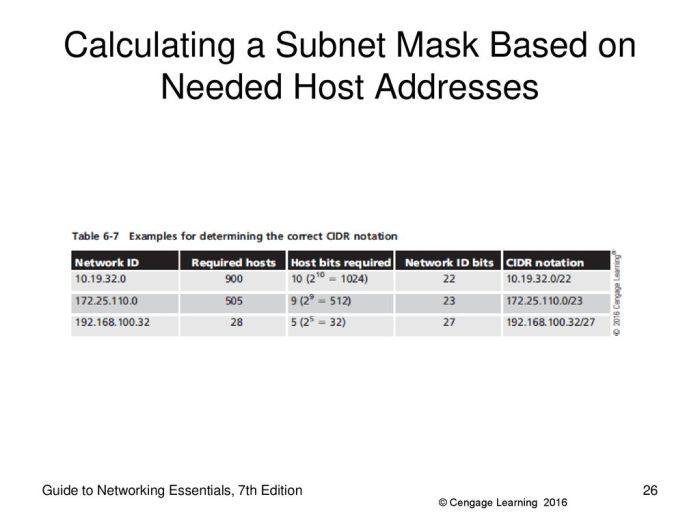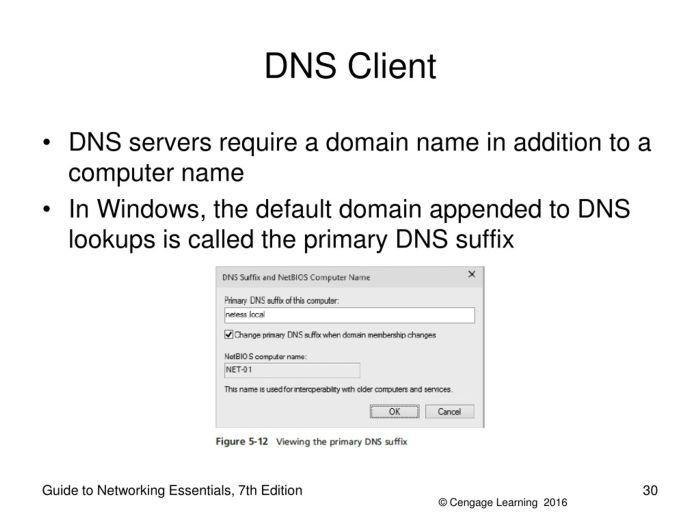Guide to networking essentials 7th edition – Embark on a journey into the realm of networking with the definitive guide to networking essentials, 7th Edition. This comprehensive guide unveils the intricacies of network technologies, empowering you with a profound understanding of the principles that underpin modern networks.
Delve into the depths of physical layer technologies, data link layer protocols, network layer architectures, transport layer mechanisms, and application layer services. Explore the essential concepts of network security and delve into the practical aspects of network management.
Overview of Networking Essentials 7th Edition

Networking Essentials 7th Edition is a comprehensive guide to the fundamentals of computer networking. It provides a solid foundation for understanding the principles, technologies, and protocols used in modern networks.
The book is intended for students and professionals who are new to networking or who need to refresh their knowledge of the subject. It is also a valuable resource for anyone who wants to prepare for industry certification exams such as the CompTIA Network+.
Key concepts covered in the book include:
- Network topologies and architectures
- Physical layer technologies
- Data link layer technologies
- Network layer technologies
- Transport layer technologies
- Application layer technologies
- Network security
- Network management
Physical Layer Technologies
The physical layer is the lowest layer of the OSI model and is responsible for transmitting and receiving data over a physical medium such as copper wire, fiber optic cable, or wireless signals.
The main types of physical layer technologies are:
- Twisted pair
- Coaxial cable
- Fiber optic cable
- Wireless technologies (e.g., Wi-Fi, Bluetooth)
Each type of technology has its own advantages and disadvantages in terms of speed, distance, and cost.
Hubs
Hubs are simple devices that connect multiple devices together on a single physical network. They operate at the physical layer and do not perform any data processing.
Switches
Switches are more advanced devices than hubs and can connect multiple devices together on a single physical network. They operate at the data link layer and can perform data processing, such as filtering and forwarding data.
Routers, Guide to networking essentials 7th edition
Routers are devices that connect multiple networks together. They operate at the network layer and can perform data processing, such as routing data between networks.
Data Link Layer Technologies

The data link layer is the second layer of the OSI model and is responsible for transmitting and receiving data over a logical link between two devices.
The main types of data link layer technologies are:
- Ethernet
- Token Ring
- FDDI
- Wireless LANs (e.g., Wi-Fi, Bluetooth)
Each type of technology has its own advantages and disadvantages in terms of speed, distance, and cost.
Bridges
Bridges are devices that connect two or more LANs together. They operate at the data link layer and can perform data processing, such as filtering and forwarding data.
Switches
Switches can also operate at the data link layer and can connect multiple devices together on a single physical network. They can perform data processing, such as filtering and forwarding data.
Network Layer Technologies: Guide To Networking Essentials 7th Edition

The network layer is the third layer of the OSI model and is responsible for routing data between networks.
The main types of network layer technologies are:
- IP (Internet Protocol)
- IPv6 (Internet Protocol Version 6)
- IPX (Internetwork Packet Exchange)
- MPLS (Multiprotocol Label Switching)
Each type of technology has its own advantages and disadvantages in terms of speed, reliability, and cost.
Routers, Guide to networking essentials 7th edition
Routers are devices that connect multiple networks together and can perform data processing, such as routing data between networks.
Firewalls
Firewalls are devices that protect networks from unauthorized access. They operate at the network layer and can perform data processing, such as filtering and blocking data.
Detailed FAQs
What is the target audience for this guide?
This guide is designed for students, network engineers, and IT professionals seeking a comprehensive understanding of networking fundamentals.
What are the key updates in the 7th edition?
The 7th edition incorporates the latest advancements in networking technologies, including software-defined networking (SDN), network virtualization, and cloud computing.
What are the benefits of using this guide?
This guide provides a systematic approach to learning networking fundamentals, with clear explanations, real-world examples, and practice exercises.